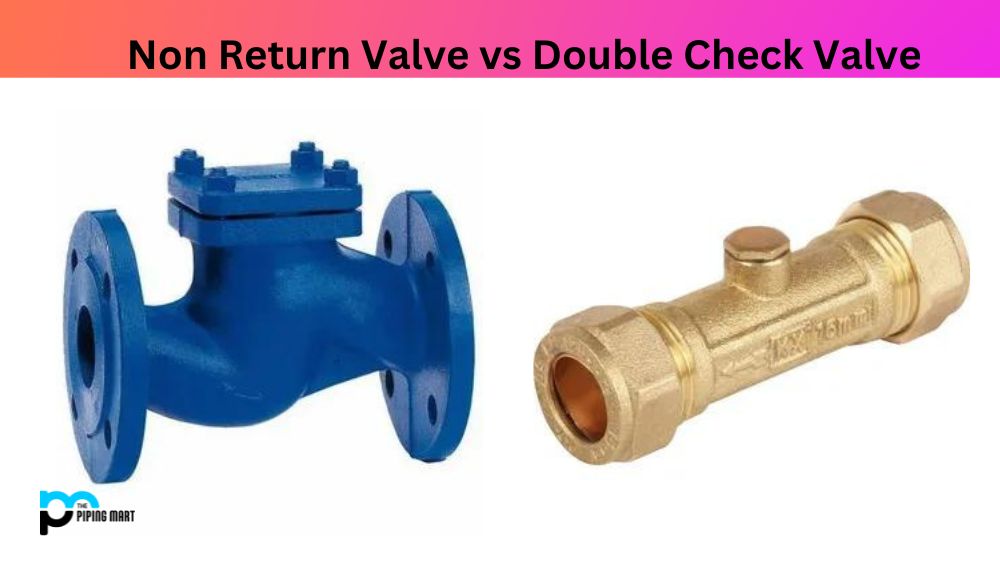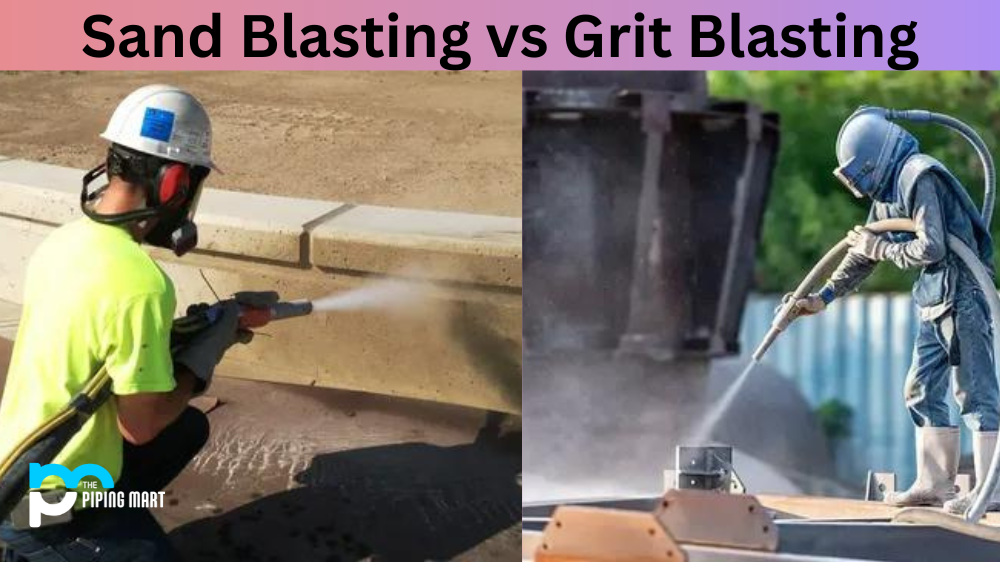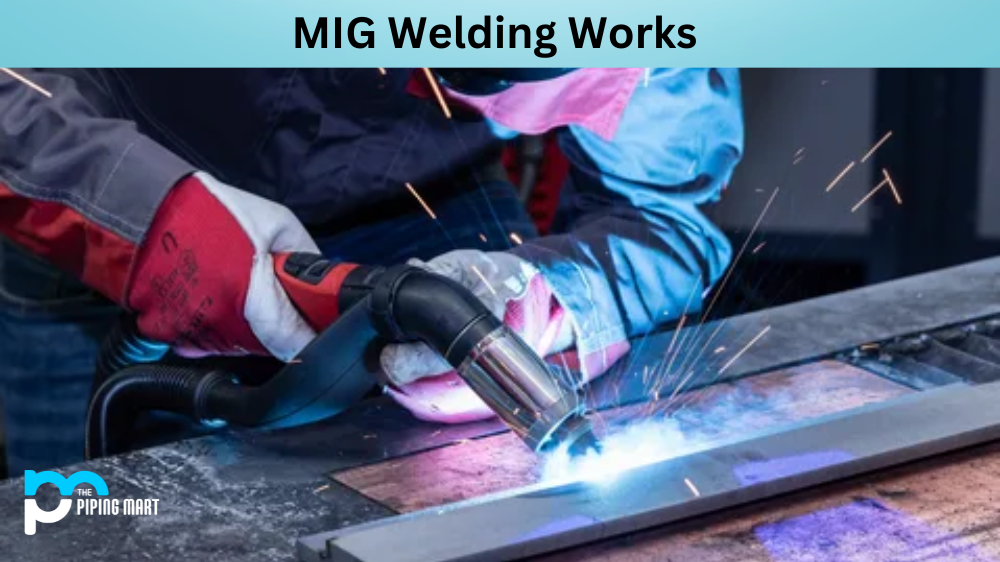Heat treatment is a process that involves the use of heat or cold to alter the physical and chemical properties of a material. It has many advantages, including improving structural strength, increasing corrosion resistance, and reducing stress. However, it also has some drawbacks that should be taken into consideration before undergoing this process. In this blog post, we’ll take an in-depth look at the advantages and disadvantages of heat treatment.
Advantages of Heat Treatment
Heat treatment can provide numerous benefits, such as increased strength, improved wear resistance, better dimensional stability, and increased toughness. For example, heat-treating steel can increase its tensile strength by up to 50%. This makes it ideal for applications where strength is essential, such as aerospace components and automotive parts. Additionally, heat treatment can be used to improve fatigue resistance by changing the microstructure of metals through tempering or annealing processes.
Heat treatment can also be used to reduce stress levels in materials by slowly cooling them after heating them above their critical temperature point. This helps reduce internal stresses caused by machining or welding processes. Furthermore, heat treatment improves dimensional stability by relieving internal stresses in metals which helps prevent warping or distortion during fabrication processes. Lastly, it increases surface hardness and wear resistance which makes it useful for applications requiring long-term durability and protection from abrasion and corrosion.
Increased Strength
Heat treatment can increase the strength of the metal by changing its microstructure. The process can also be used to change the hardness, ductility, and other properties of metal.
Improved Wear Resistance
Heat treatment can also improve the wear resistance of a metal. This is often accomplished by hardening the metal, which makes it more resistant to wear and tear.
Enhanced Corrosion Resistance
Another advantage of heat treatment is that it can enhance the corrosion resistance of a metal. This is often accomplished by carburizing or nitriding the surface of the metal, which creates a barrier that protects against corrosion.
Increased Ductility
In some cases, heat treatment can actually increase the ductility of the metal. This is often accomplished by annealing the metal, which relieves internal stresses and makes the metal more ductile.
Improved Thermal Conductivity
Finally, heat treatment can also improve the thermal conductivity of the metal. This is often accomplished by carburizing or nitriding the surface of the metal, which creates a barrier that improves thermal conductivity.
Disadvantages of Heat Treatment
Despite its many advantages, there are still some drawbacks associated with heat treatment that must be considered before using this process. One major disadvantage is that heat treatment can cause oxidation in certain materials if they are not properly protected during the process. Oxidation results in discolouration as well as roughening of surfaces which may negatively affect product appearance or performance depending on its intended use. Additionally, heating certain materials too quickly or too hot can result in cracking or warping due to thermal shock, which could damage the parts beyond repair. Finally, some materials may require specialized equipment for proper heat treatment, which could increase the cost significantly depending on what type of equipment is needed for each application.
- Heat treatment can damage some materials.
- Heat treatment can change the properties of a material, making it harder or softer.
- Heat treatment can make a material more brittle and less ductile.
- Heat treatment can cause distortion in some materials.
- Heat treatment can be expensive.
Conclusion:
In conclusion, there are both advantages and disadvantages associated with heat treatment that need to be taken into consideration when deciding if this process would benefit your application’s goals and needs. The advantages include increased strength and wear resistance while reducing stress levels; however, there are potential problems, such as oxidation or thermal shock, that could occur if not done correctly or with the right equipment. Nevertheless, when done properly, heat treatment can provide significant benefits for various applications. Therefore, it is important to weigh all aspects carefully before proceeding with any heat treatments.

Abhishek is a seasoned blogger and industry expert, sharing his insights and knowledge on various topics. With his research, Abhishek offers valuable insights and tips for professionals and enthusiasts. Follow him for expert advice on the latest trends and developments in the metal industry.




